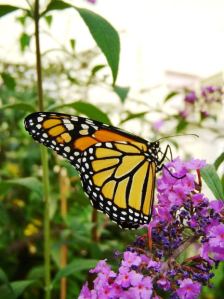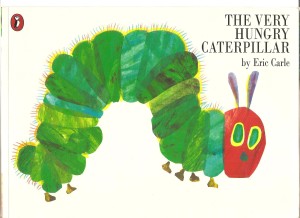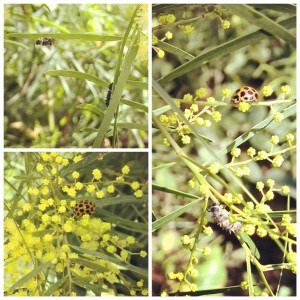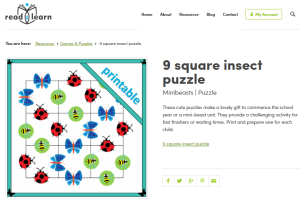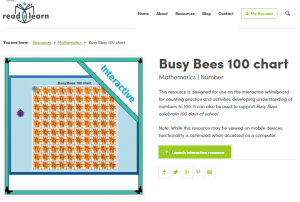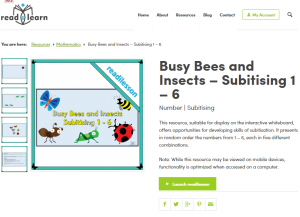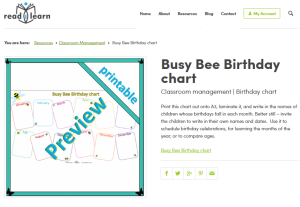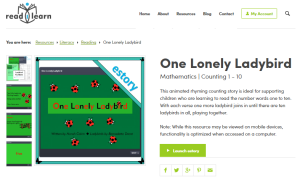This week at the Carrot Ranch, Charli Mills challenged writers to In 99 words (no more, no less), write a story that includes tiny flying insects. Think about how the insects shape the scene or add to the action. Go where the prompt leads!

Like many, I have a love-hate relationship with tiny flying insects. I love some. I hate some. Well, perhaps hate is too strong a word. I dislike their presence but appreciate their contribution to the environment, whether it be as decomposers or valuable food source.
My love list includes:
- butterflies
- bees
- ladybirds
- dragonflies
My not-so-much list includes:
- cockroaches
- flies
- mosquitos
- midges
These two groups probably lie at either end of the continuum with thousands more in between.
My fascination with these tiny creatures can be easily evidenced on readilearn, my collection of teaching resources for the first three years of school, where there are numerous resources devoted to minibeasts, especially bees, butterflies, and ladybirds.
Keeping caterpillars in the classroom and watching them progress through their life stages until metamorphosing into adult butterflies was one of the children’s and my favourite things. It is a wonderful way to enable children to see nature close up and develop an appreciation for these tiny creatures and their contribution to the environment. It encourages them to look more closely and with more wonder when exploring the outdoors.
It would be easy to write a story about one of the tiny flying insects that I love and more of a challenge to write about one that I love not-quite-so-much. However, I have previously written a story about a fly for an (imaginary) audience of young children. I share a 99-word synopsis of that story in response to Charli’s challenge. Let’s see what you think of it.
BBQ the Fly
Named for their favourite thing, BBQ’s parents farewelled their son on his first independent foray.
“You can! Avoid the can!” they called. BBQ had trained relentlessly, perfecting every manoeuvre — walking on ceilings, buzzing people and, especially, dodging the dreaded spray.
BBQ’s antennae zeroed in on a backyard barbecue where he chose a juicy sausage for his ritual dance. He had just extended his proboscis when a swarm muscled in. Through the crowd, one of his compound eyes caught the glint of something metallic —a can!
He retracted his proboscis and escaped just as the spray downed the unfortunate swarm.

Thank you for reading. I appreciate your feedback. Please share your thoughts.



